Best Time to Visit Rajasthan, India: Weather, Seasons & Travel Tips
Rajasthan, India’s regal desert state, is a land where opulent palaces, golden sand dunes, colorful festivals, and centuries-old forts come together to create an unforgettable...
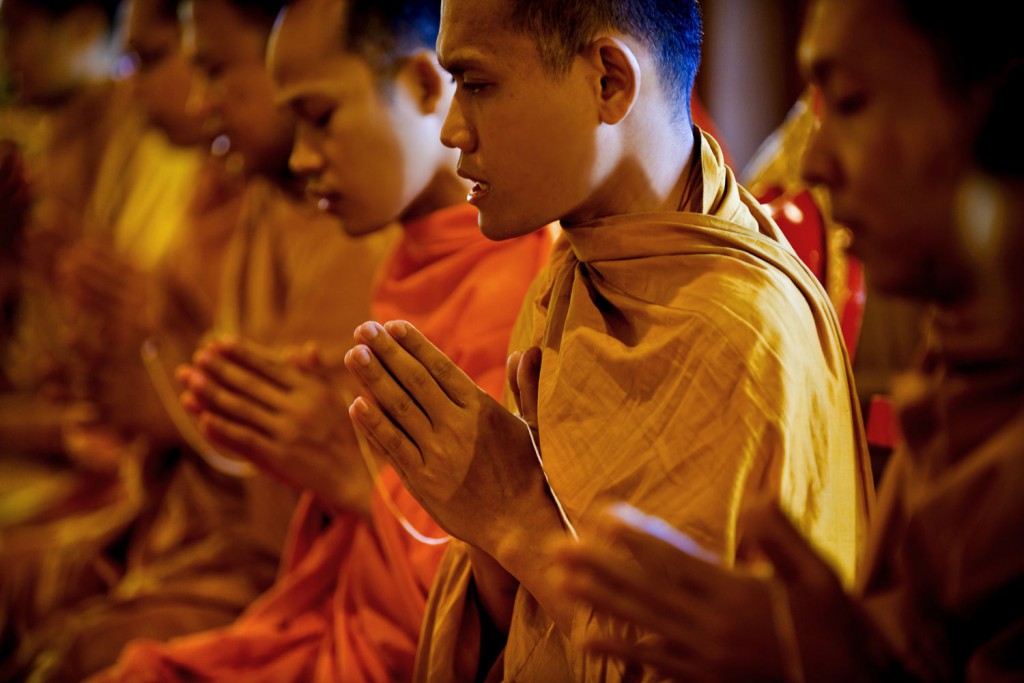
The biggest and the oldest monastery of Ladakh – Hemis monastery – celebrates the birth anniversary of Padmasambhava (Guru Rimpoche), one of the founders of Tibetan Buddhism, who is also considered the reincarnation of Lord Buddha, every year on the occasion of 2-day Hemis Festival. It is located only 45 km south from Leh, Ladakh.
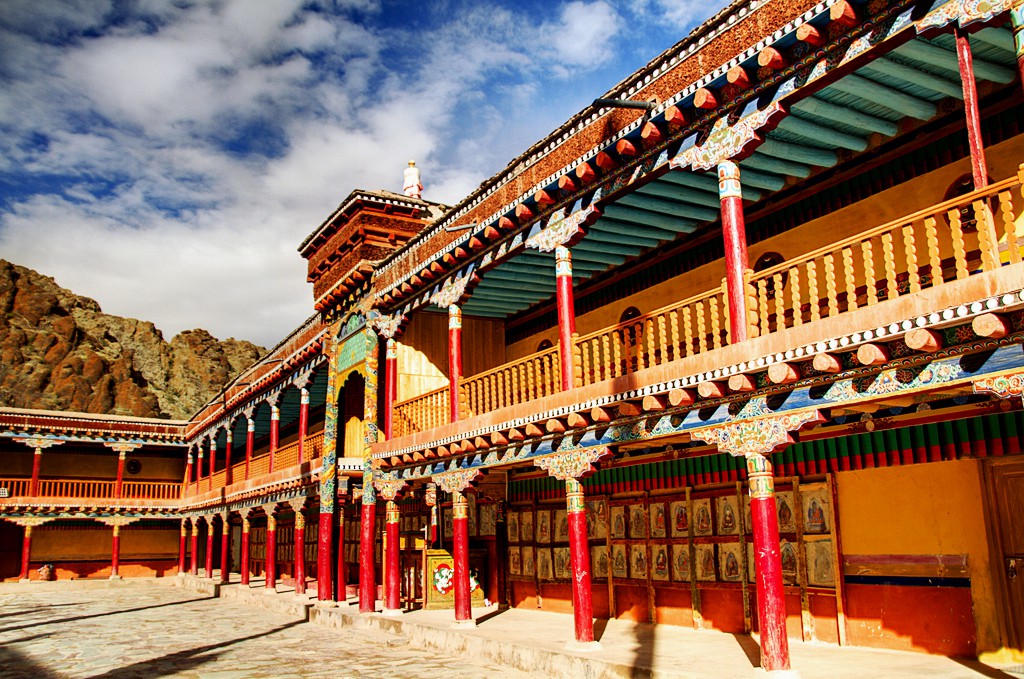
Built in 1630, it is the most prominent Buddhist monastery of Ladakh that was re-established in 1672 by the Ladakhi king Sengge Namgyal. It is a must-visit for visitors as it has a copper-gilt statue of the Lord Buddha, various stupas and statues embedded with semi-precious stones and much more. You can also enjoy a pleasant three kms walk on the hill above the monastery to sight the sacred hermitage, founded by the great Gyalwa Kotsan. If you stay overnight at Hemis monastery, you can witness the early morning prayers, which are a rare sight.
By Air:
Board a flight to Kushok Bakula Rimpochhe Airport, Leh. It is the closest international airport. Once you reach here, book a cab and Hemis will be around 45 kms away.
By Train:
Book a train to Jammu Tawi Railway Station in Jammu and Kashmir. Hire a taxi and Hemis will be around 728 kms away. The travel will be approximately 15 -16 hours.
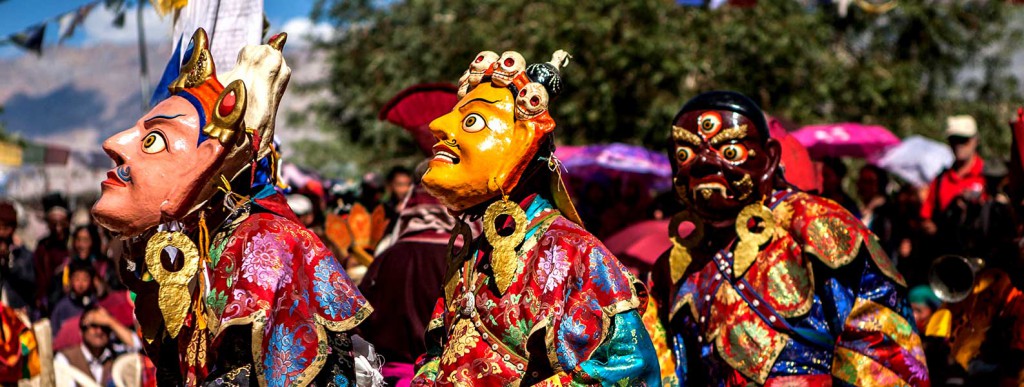
This year, the Hemis Festival will be celebrated on 11th July and 12th July. Around 500 Lamas play host to this festival. The purpose of this festival is to celebrate the victory of good over evil and seek blessings of Guru Padmasambhava for spiritual and health well-being. It is a perfect example of the local Ladakhi culture.
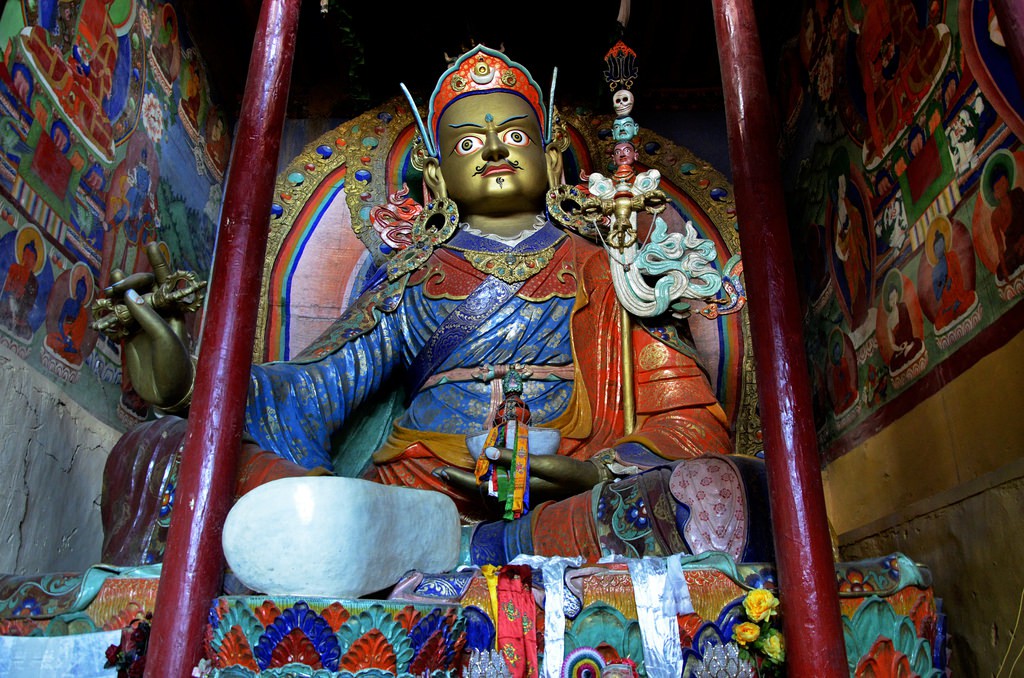
The festival commences with the head Lama bringing the two storey high ‘Thangka’ of Guru Padmasambhava – a sacred painting embedded with precious pearls and semi-precious jewels on pristine silk cloth – into the courtyard “Hemis Gompa” for everyone to seek divine blessings.
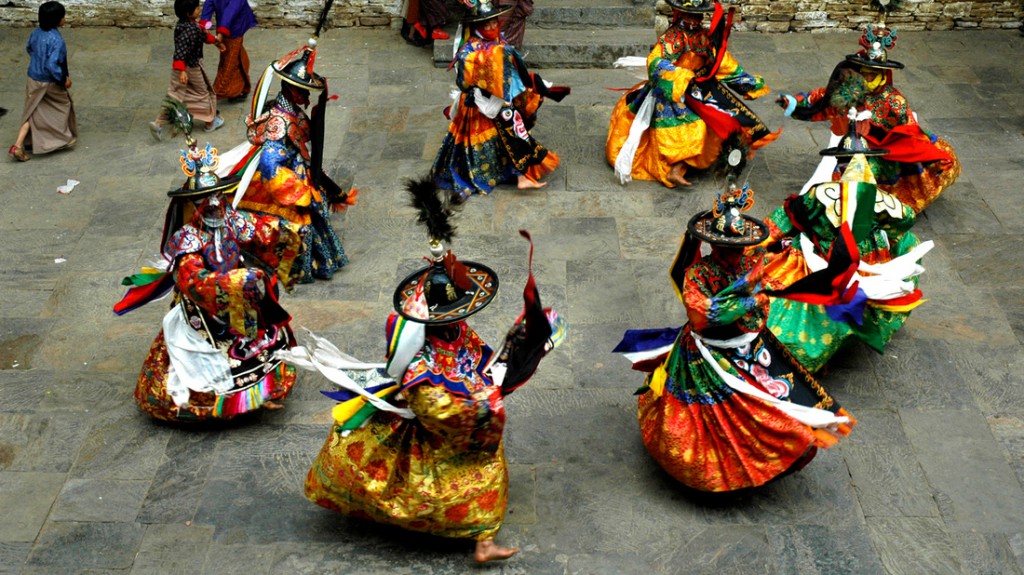
The Lamas of the monastery perform the Cham dancewear bright masks and dance to the beats and music of drums and cymbals portraying guardian divinities of the Dugpa order and acting out feats performed by Guru Padmasambhava.
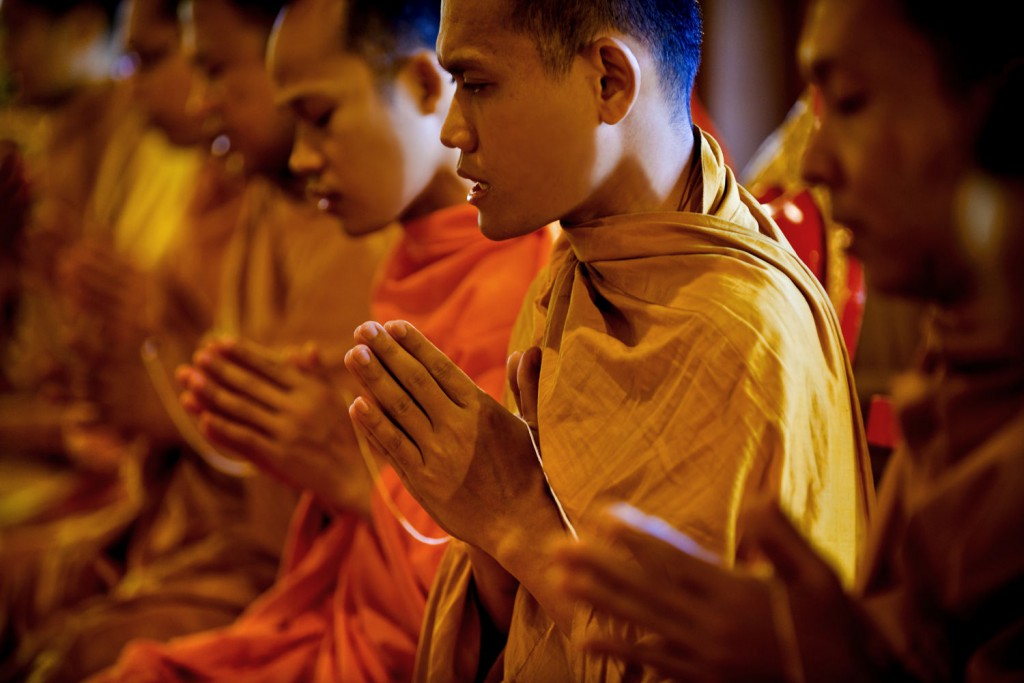
The unconditional faith and devotion of the Buddhist monks signify the strong spiritual influence of Buddhism, while they join their hands to the statue of Guru Padmasambhava.
The Hemis festival falls between June-July, every year.
To know more about the Festivals of India, click here.

While the Hemis Festival celebrations are going on, you can savor lip-smacking foods at a Tibetan cafe right outside the main entrance of the Hemis monastery.
This festival dates back to 200 years that brings along a lot of colors in the city. The costumes of the dance performers are vibrant and luxuriant. This colorful atmosphere fetches an all new charm to the festival. Overall, it is an enriching spiritual experience of Buddhist traditions and culture.
Rajasthan, India’s regal desert state, is a land where opulent palaces, golden sand dunes, colorful festivals, and centuries-old forts come together to create an unforgettable...
Ujjain, one of the seven holiest cities of India (Sapta Puri) is a destination where spirituality, ancient wisdom, and mythology come alive. Situated on the...
South India is home to some of the most breathtaking temples in the world, living testaments to devotion, architecture, and timeless artistry. Each south Indian...
You are one step closer to having the best journey of your lifetime! Talk to us, write to us all that you have envisioned for your India trip, and one of our travel experts will connect with you on priority. To help you explicitly we have WhatsApp and Email addresses!